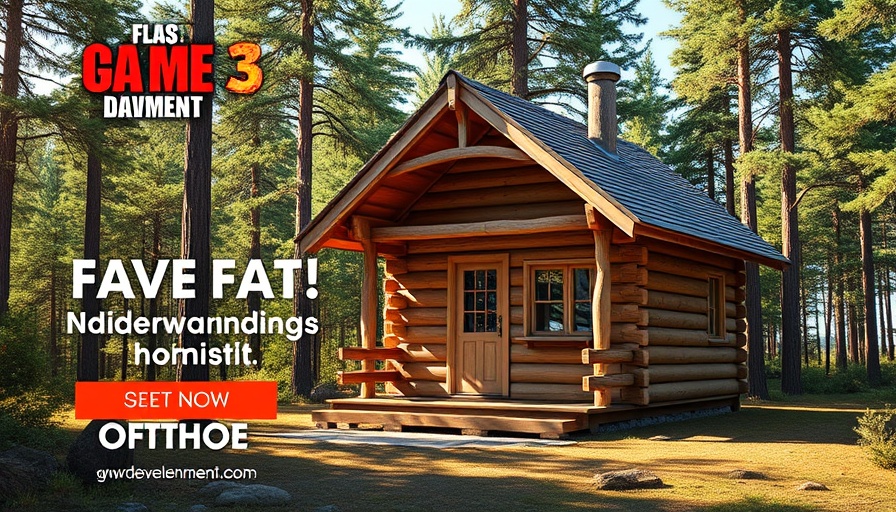
Unlocking the Power of Scene Graph in Game Development
In a recent live stream titled "Scene Graph Verse | UEFN Build Along," creators from Epic Games demonstrated the groundbreaking potential of the Scene Graph system, designed for the Unreal Editor for Fortnite (UEFN). This new architectural approach to game design allows developers to create engaging interactive experiences through versatile prefab systems, enabling dynamic runtime adjustments that can significantly enhance player experiences.
In "Scene Graph Verse | UEFN Build Along," the discussion dives into the innovative Scene Graph system, exploring key insights that sparked deeper analysis on our end.
Why Scene Graph Is a Game-Changer
Scene Graph marks a shift from traditional game-building methods, which often rely on fixed layouts and pre-set interactions. In contrast, the Scene Graph system allows each object in the game world to act as an 'entity,' which can be customized through components that add behavior, appearance, and interaction capabilities. This entity-component architecture enhances the flexibility of game design, enabling developers to repurpose assets effortlessly and create unique gameplay scenarios, such as dungeon crawlers with procedurally generated environments.
How It Works: A Peek Behind the Screen
During the stream, the team built a dungeon crawler step-by-step, illustrating how Scene Graph facilitates the creation of complex gameplay features with relatively simple code snippets. For instance, players interacting with objects could trigger the spawning of new rooms, showcased by a cleverly designed prefab system. The developers emphasize that working with this new structure encourages a more intentional building mentality, leading to improved organization and collaborative workflows.
The Role of Community Feedback
Key team members encouraged viewers to provide feedback to enhance this evolving tool. Given that Scene Graph is in beta, user insights are invaluable for future improvements. They can help streamline processes and resolve common pain points, such as handling entity hierarchy with more user-friendly features. The importance of community involvement in iterative design cannot be overstated, especially in a platform as dynamic as UEFN.
Looking Ahead: The Future of Game Development
The discussions held during the stream highlight the significant opportunities that Scene Graph presents not just for game designers but also for brands and tech enthusiasts. With an emphasis on the benefits of collaboration and extensive customization possibilities, the Scene Graph could revolutionize how we conceptualize interactivity in gaming. For African women entrepreneurs and executives in technology, this evolving landscape offers avenues to leverage AI and game mechanics for innovative applications in entertainment, education, and marketing.
In conclusion, the observations shared in "Scene Graph Verse | UEFN Build Along" serve as both a guide and invitation for those eager to explore the frontiers of game development. Engaging with tools like Scene Graph means you can shape the future of interactive experiences. Whether you're refining your techniques or breaking into the field, the potential is endless. Keep experimenting, sharing your insights, and let's build an exciting digital world together!
 Add Row
Add Row  Add
Add 




Write A Comment